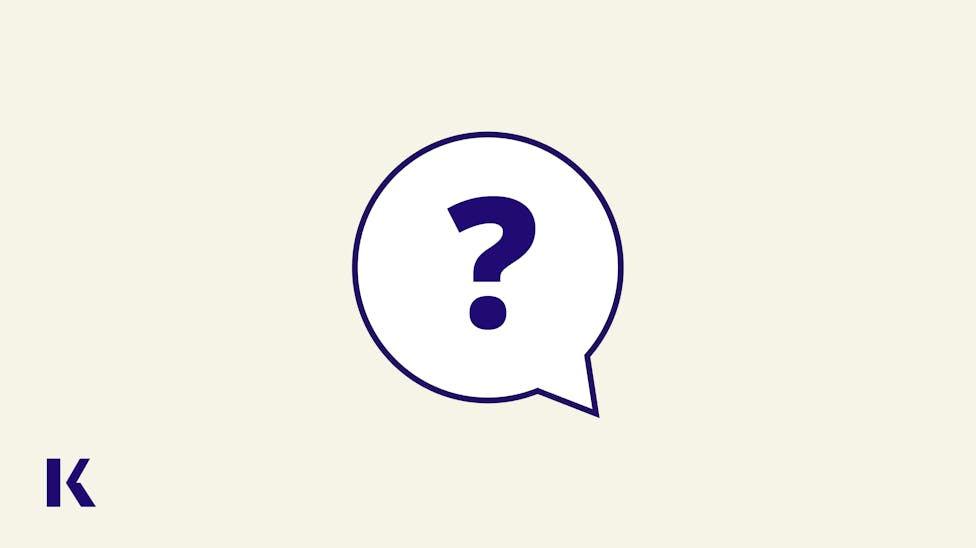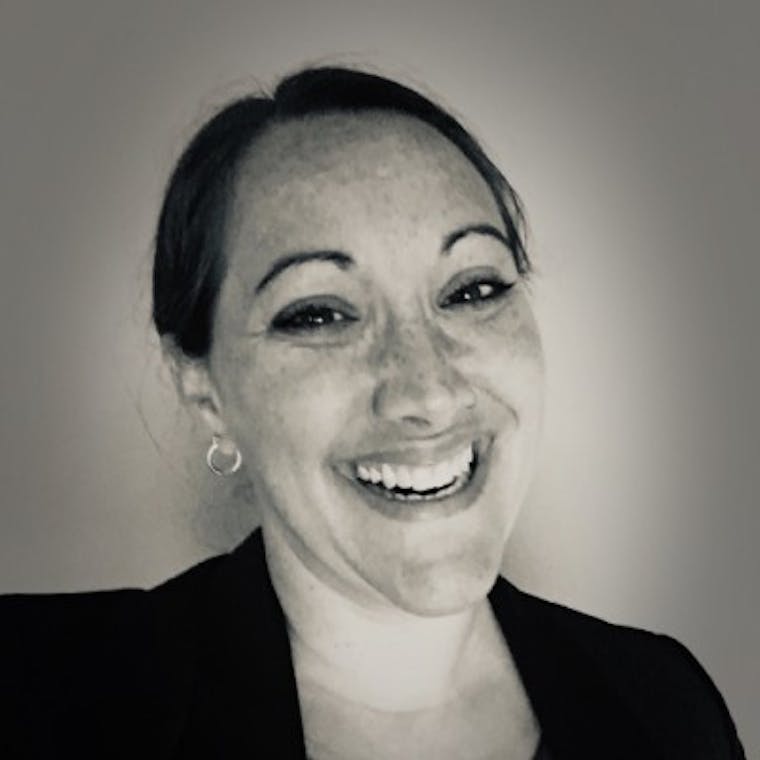Facing the Cost of Becoming a Physician: Both Literal and Figurative
by Molly Johannessen, PhD | February 4, 2020

Over the last year I have visited with a multitude of medical schools in the US, Caribbean, Central and South America and I’ve had the opportunity to meet with those who are dedicated to training the next generation of future physicians. Furthermore, they are the personnel who have taken on the heroic effort to meet all of the academic and personal needs of those training to care for our communities. Each school I have visited has inspired me with the dedication and commitment these academics have towards their learners.
Through my “Reflection on a Year as a Medical Learning Consultant” blog series, I am examining the top commonalities that I’ve encountered over the last twelve months relating to the institutional commitment to medical education and student success. This week I will be focusing on the cost of becoming a physician. The journey into medicine is not easy. From huge financial as well as emotional costs to the prevalence of burnout, there are many daunting obstacles facing future physicians. But med students do not have to face these costs alone. I have discovered that institutions are also facing these student challenges in their own inspirational and unique ways.
The Literal Cost of Becoming a Physician
Two items that I cannot seem to outrun in this process of supporting medical institutions are the difficulties that students continue to face in becoming future physicians: namely the cost of medical education and prevalence of burnout among aspiring and current physicians. These are the financial and emotional costs of becoming a physician and cannot be denied. Each institution that we partner with, however, is addressing these difficulties in their own unique way and in ways that are so incredibly inspiring in terms of the commitment that they have for their learners.
Becoming a physician is not an inexpensive endeavor. First, there is the cost of the undergraduate degree and then there is the cost of even being considered for medical school in terms of application fees. If they are accepted, students will face the cost of tuition at medical school as well as the costs of standardized exams and applying for residencies. All in all, this process is far from “affordable.”
According to the AAMC, the average cost of attendance for one year at a public medical school (including tuition, fees, and health insurance) was approximately $35,000/year for in-state students and $59,000/year for out-of-state students. Private schools are in the range of $60,000-$65,000/year, with the most expensive reported in 2019 as Columbia University College of Physicians and Surgeons. These costs, however, are only those charged by the institution, and therefore still do not include the cost of living, which can vary drastically between cities and international study locations. Recently, the New York Times discussed how hidden costs, including standardized exams, review materials, and applications for both medical school and residencies are fees that are likely hurting those of low-income to an even greater degree than others of moderate means. With a median debt average of approximately $200,000 for medical students upon graduation, it is clear that we, as the community of medical educators, need to be part of the solutions if we are ever going to combat the growing need for more physicians.
Fortunately, there are institutions that have recognized these intense expenses and are taking steps to improve this process. First, the state of Texas offers the lowest in-state tuition of any state medical institutions with Texas A&M Health Science Center tuition at just-over $16,000/year, while Baylor College of Medicine and Lake Erie College of Osteopathic Medicine as the most affordable private schools at just under $33,000/year. In addition, New York University Medical School recently announced it would be offering medical school free of tuition, making it the most affordable medical school in the United States. While this trend would help many aspiring physicians, unfortunately it seems that there will still be many physicians graduating deeply in-debt for the foreseeable future. Recognizing the problem is in many ways the first-step, but there will need to be more years of dedication in this area to make the difference that is needed.
The Figurative Cost of Becoming a Physician
The other major cost that I encountered time and time again throughout the last year is the emotional cost of this field. Burnout, well-being, and emotional resiliency are terms that have been around for some time. However, recently it has become clear that there is a major prevalence of increased burnout and a need for more intense emotional resiliency in medicine and medical education. The AAMC has reported on these topics a number of times and these issues are also critical to the AMA. Furthermore, not a week goes by without at least one article in KevinMD addressing these topics.
Discussions around burnout and the need for more physician “self-care” have become such a part of the current zeitgeist that almost every partner institution is discussing these issues as a critical part of their support of students. A few highlights include policy changes at the University of Minnesota to protect student time and demands, a student-driven wellness program at Vanderbilt School of Medicine, and much discussion of other institutional programs that have occurred at every national meeting (AAMC, AACOM, and IAMSE, among others) for the last several years. It is undeniable that a career in medicine will not be without its emotional costs, but as with the financial costs, recognizing this as a problem has allowed many institutions to step up to identifying their students needs and begin to create programs that address these needs.
Overall, the cost of becoming a physician is overwhelming and can be daunting. However, the inspiring and heroic work that those dedicated to supporting future physicians is nothing short of miraculous and something that has made my role over the last year an honor. It is an honor to see all that you all do to support your learners in meeting these difficult costs head-on. We are in need of physicians, and in order to increase the number of quality care giving physicians, it takes each of us and our dedication through improving financial and emotional opportunities for all!

A dedicated educator who cares about student learning and helping students succeed more than anything else. Through her experiences in medical and healthcare education she is continuously trying to improve the educational experiences of future-healthcare providers by providing enhanced learning experience for all within the process. Molly has had experience as a faculty member, academic coach for student success, learning specialist and medical education specialist as well as with programs designed to increase student leadership and learning.
